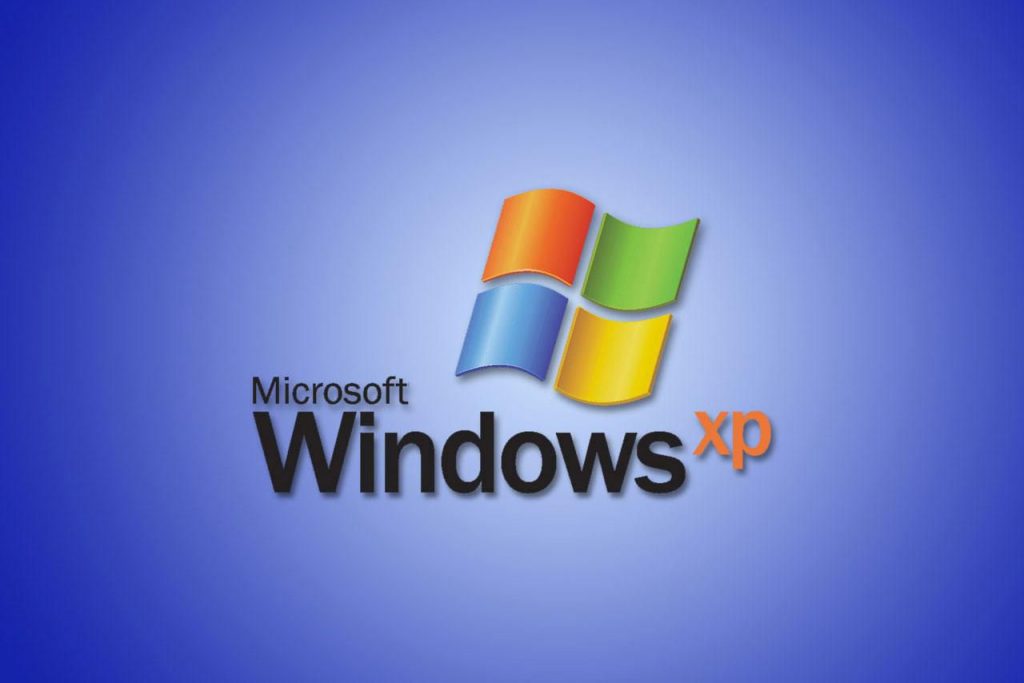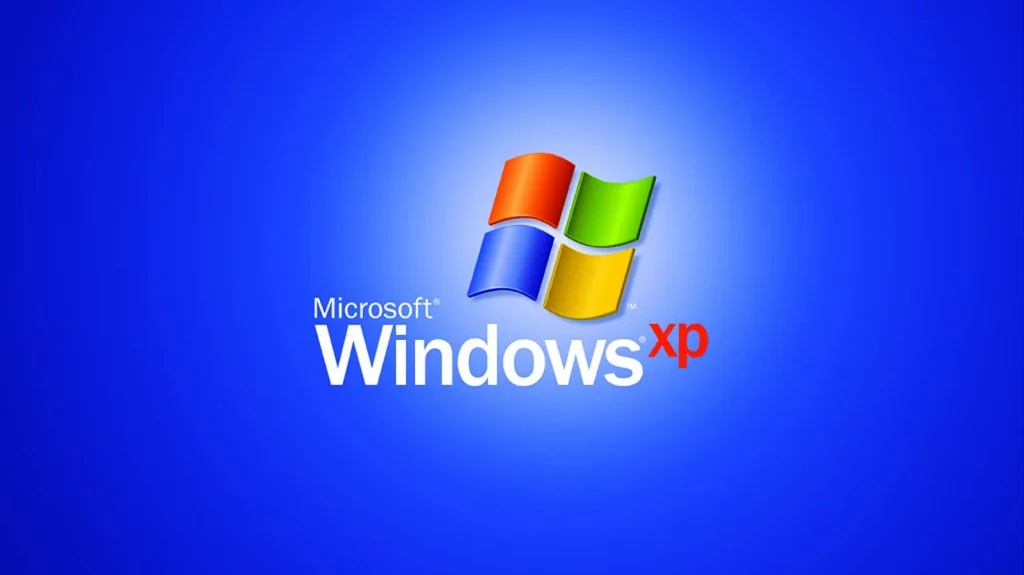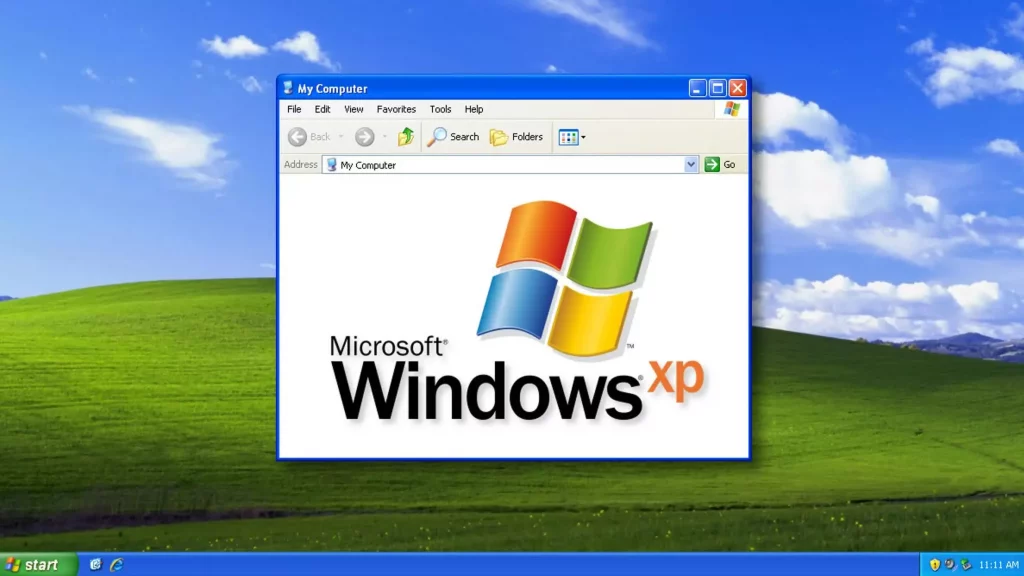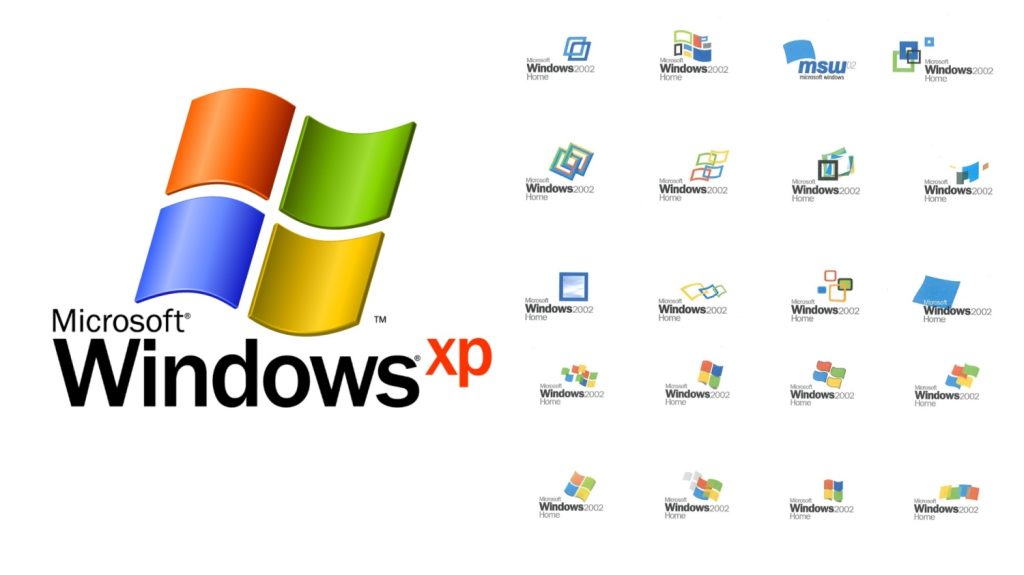About Windows XP
Released in 2001, Windows XP was one of Microsoft’s most popular operating systems. It was the successor to Windows 2000 and Windows Me, building on the Windows 9x kernel. Windows XP came in Home and Professional editions, offering a redesigned interface and significant improvements in software compatibility and security over previous versions.
Key features included the updated Start menu, taskbar, Windows Explorer, and Microsoft’s activation process to prevent piracy. Under the hood, Windows XP integrated DirectX 8.1 to enhance multimedia capabilities. It also introduced the first rollback system restore feature. Major themes and styles could be applied to the visual interface.
While criticized for security vulnerabilities early on, service packs greatly improved stability and protection. Windows XP enjoyed tremendous adoption, powering over 400 million PCs at its peak.
It remained one of the longest running Windows OS versions, receiving support until 2014. The success and longevity of Windows XP product key demonstrated Microsoft’s ability to recover from the poorly received Windows Me with a robust, feature-rich operating system that resonated with consumers and businesses alike.

Technical characteristics
- Kernel – Built on the Windows NT 5.1 kernel and Windows 9x kernel. This provided improved stability and performance compared to the Windows Me/2000 hybrid kernel.
- System requirements – Minimum of 64MB RAM (128MB recommended), 1.5GB hard disk space, Pentium 233MHz processor. Supported multiprocessing.
- User interface – Introduced the updated Start menu, taskbar, Windows Explorer, Control Panel and other interface elements. Had a redesigned look with theme support.
- Software compatibility – Provided greatly improved compatibility with software and peripherals compared to previous Windows versions.

What are Windows XP key features?
Advantages of Windows XP
- Improved stability and performance – Windows XP was much more stable and faster compared to Windows ME and initial releases of Windows 2000.
- Better Plug and Play support – Installing hardware devices and drivers was simpler with improved Plug and Play detection.
- Enhanced hardware and software compatibility – It could run most software and peripherals designed for older Windows versions.
Disadvantages of Windows XP
- Limited cloud integration – Does not support newer cloud-based services and file syncing capabilities.
- No DirectX 10/11 support – DirectX 9 graphics are dated. Inability to run DX10/11 games.
- Fewer driver updates – Lack of ongoing updates means hardware/peripheral makers no longer update XP drivers.

How to Free Download Windows XP Product Key ISO 64/32 Bit Full Version
- Step
Choose between the 64-bit or 32-bit edition. 32-bit can run on both 32 and 64-bit PCs, 64-bit only on 64-bit PCs.
- Step
Click ‘Download’ which will download the Windows Automated Installation Kit (WAIK) for your edition. This contains Windows PE.
- Step
Install the WAIK once it finishes downloading. Make sure to leave the default installation directory.
- Step
Inside the WAIK installation directory, go to Tools > petools > i386 folder for 32-bit or amd64 folder for 64-bit.

How to Open ISO Files?
Use dedicated ISO software, programs like PowerISO, WinCDEmu allow mounting and exploring ISO files easily. They provide added tools like converting between ISO and other file formats.
Software like WinRAR and 7-Zip can open and browse ISO files without mounting them as drives. You can then extract specific files out of the ISO if needed.
Activation keys for Windows XP
- F6HQW-Q3799-9CJXR-9P3YD-6CJJ6
- DPDQK-H94J9-TWMTR-K2K69-FRKHM
- PXV3X-T8MP7-D3XFW-2327C-VPDQ8
- BBY46-G888F-PKWW6-X4CVD-CGF43
- QG4B8-96M7K-QB8PY-WH42C-KP6XJ
Alternatives to Microsoft Windows XP
- Windows 10 – The latest Windows version with ongoing support and frequent feature updates. Far more secure and faster than XP.
- Linux – Popular free and open-source alternatives like Ubuntu, Linux Mint, Fedora, Debian etc. Offer great community support.
- Chrome OS – Google’s lightweight OS designed for web-based computing on Chromebooks. Reliant on internet connectivity.

What’s new in Microsoft Windows XP?
- Improved system stability and performance – Under the hood improvements made Windows XP much more stable and faster than previous versions like Windows ME.
- Enhanced hardware support – Windows XP had better plug-and-play detection for devices and broader device driver support.
- Faster resume from standby/hibernation – Optimizations allowed resuming from power saving modes more quickly.
FAQ
A: Windows XP introduced an updated graphical user interface with the ability to apply visual styles and themes. This gave it a more modern and customizable look vs older versions.
A: Make sure to install firewall software, keep all software updated, use strong passwords, avoid opening unsolicited attachments, and install reputable anti-virus and anti-malware tools.
A: Try using System Restore to roll back system files and settings to an earlier working state. You can access System Restore via the Accessories > System Tools menu. Also try rebooting into Safe Mode to troubleshoot issues.
Conclusion
In conclusion, the product activation process for Windows XP Professional on a Dell system requires the use of a product key. This key is a unique serial code that is specific to the version of Windows installed on the Dell computer.
To activate Windows XP, the user must enter the product key into the activation prompt. This action verifies that the product is genuine and has been legally obtained.
Activation is necessary to access all the features and functionalities of the Windows XP operating system. By activating the product, users can ensure that they are using a legitimate version of Windows and can take advantage of all the benefits that come with it.
